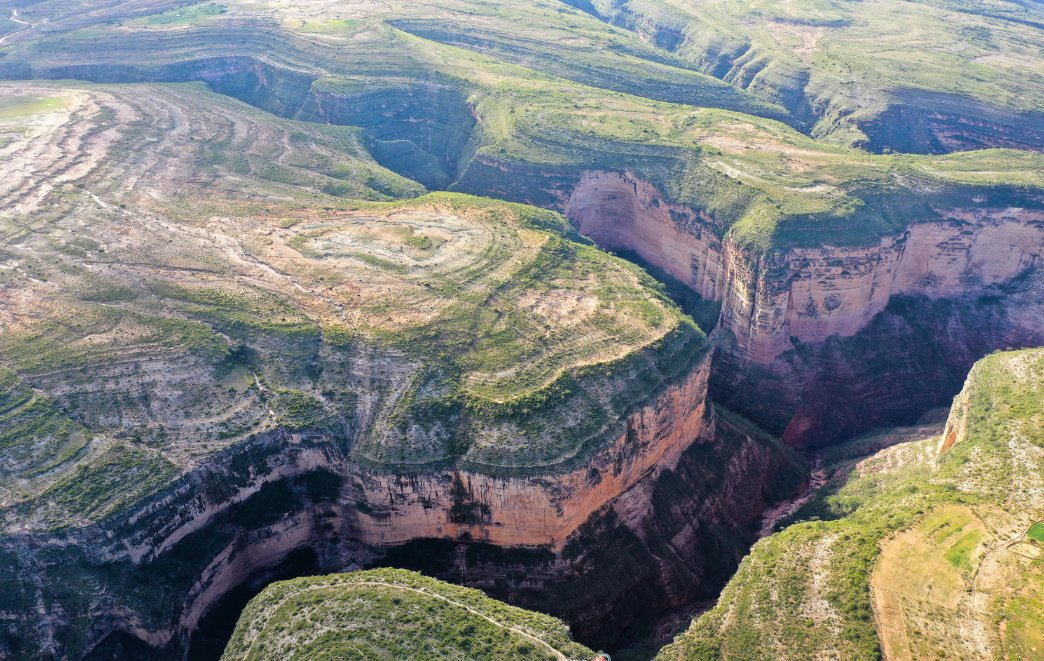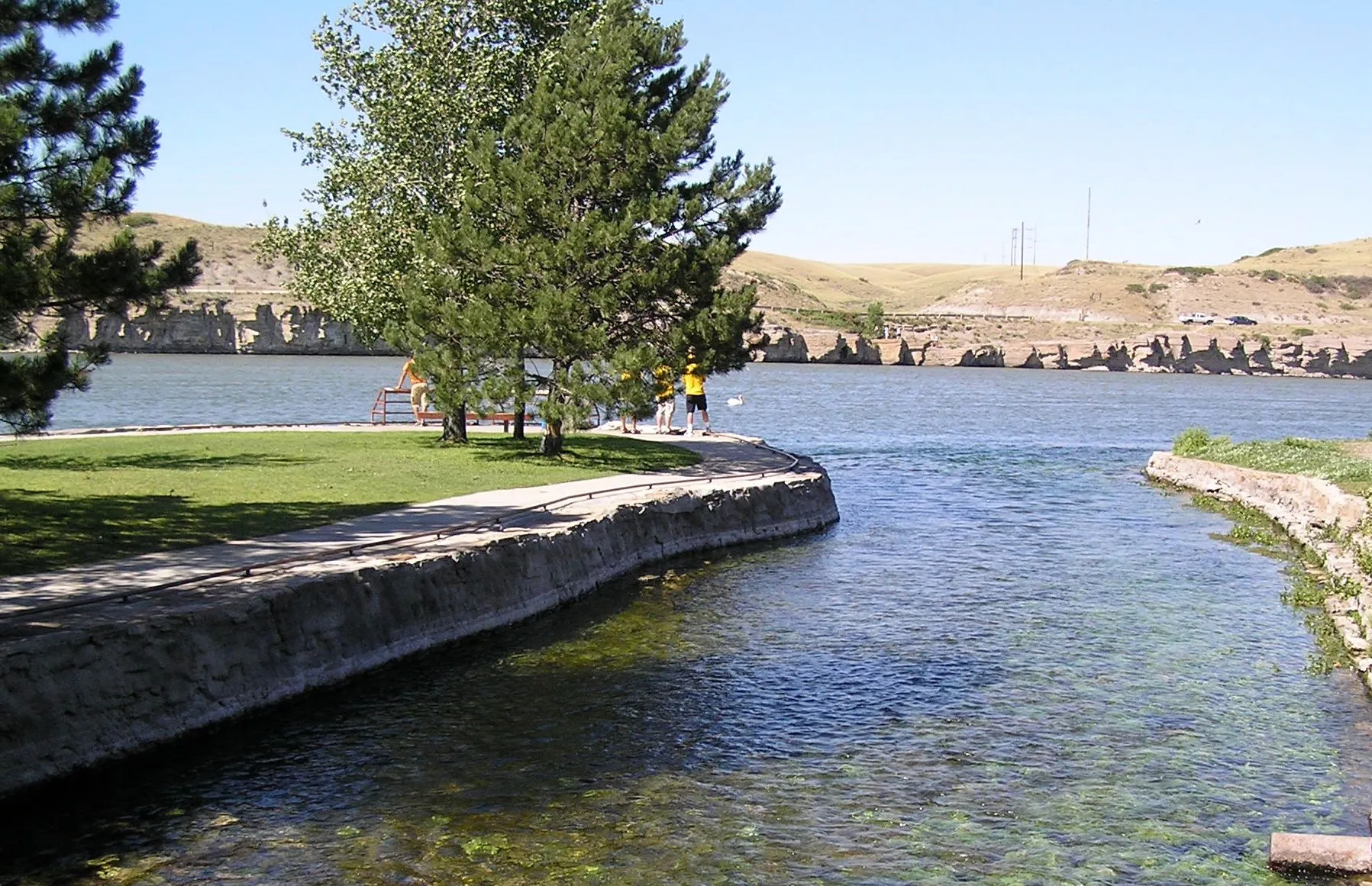Tucked deep in the rose-colored canyons of southern Jordan, Petra is a breathtaking archaeological marvel that once served as the thriving capital of the Nabataean Kingdom. While often recognized for its famous Treasury façade, Petra’s historical significance and ingenious engineering make it far more than a photogenic ruin. As a UNESCO World Heritage Site and one of the New Seven Wonders of the World, Petra stands as a testament to human innovation and cultural fusion—making it a prime example of E-E-A-T: well-documented by archaeologists, historians, and scholars alike.
Founded as early as the 4th century BCE, Petra became a strategic crossroads for trade routes linking Arabia, Egypt, and the Mediterranean. The Nabataeans carved monumental tombs, temples, and homes directly into the sandstone cliffs, utilizing advanced water management systems—including cisterns and rock-cut channels—that allowed the city to flourish in the desert. Its unique blend of Hellenistic, Middle Eastern, and local architectural styles reveals a culture that absorbed and adapted influences across empires.
Today, Petra offers not only a window into ancient trade and civilization but also valuable lessons in sustainability, architecture, and resilience. Visitors walk through the narrow Siq to emerge before towering rock façades, experiencing the awe intended by its builders. Exploring Petra is more than a journey throug





